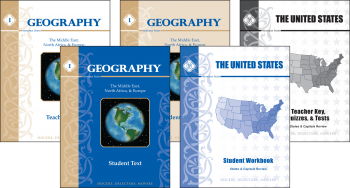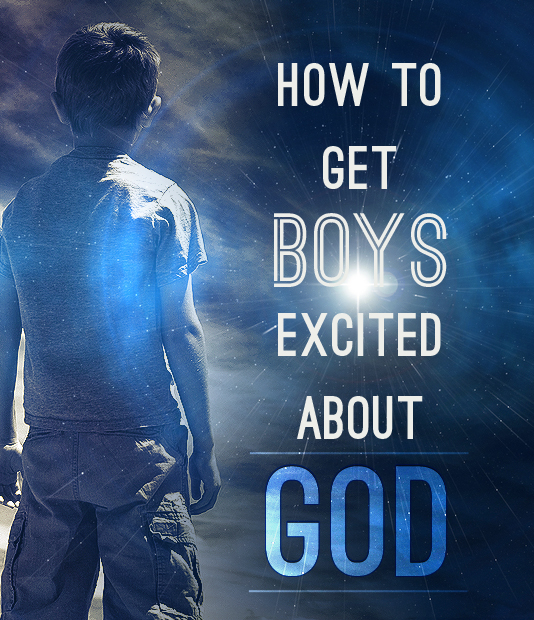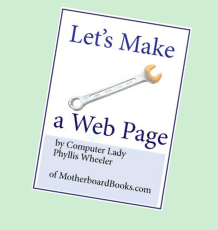Peru has a great history. Peru is now called "Circus City USA". The story that I remember being told as to how Peru got it's nickname goes as follows. Peru is a railroad town, and way back in the early 1900's many of the great traveling circuses would have their winter headquarters their. I can still remember seeing some of the old elephant barns where they used to house the great behemoths during the cold months. Because they traveled from town to town most of the year, the winter months in Peru were usually the longest that the circus performers ever spent in one place. Consequently, many of the circus performers retired in Peru. In 1960, some of the retired circus performers came up with the idea of starting an amateur circus in Peru and training the youth in the area in some of the different circus acts.
It has been continuous to this day and has turned into quite a production. These are not willy-nilly circus acts, they are big time circus acts that are only performed by school aged children form elementary school up through high-school. The only adults that actually perform are the clowns that come to entertain the audience out while the riggers are getting the three rings ready for the next act. Of course the trainers, riggers and spotters are adults as well, but the actual performers are all kids. Nowdays, if you are in the circus for so many years while in highschool, you can earn college scholarships. It is no suprise that they do. When you audition and are chosen for an act you are put through a rigerous training and practice schedule that runs from March through the actual circus in mid July.
A good friend of mine was in many acts over the years and later helped with rigging. My own cousin actually road a motorcycle across a highwire. That's not all, however. The motorcycle had a trapeze attached to it that hung below the highwire that a girl performed tricks on. The motorcycle was somehow attached to highwire because at one point in the act, they would flip and my cousin would actually be upside down on the motorcycle under the highwire while the girl on the trapeze was above the highwire. There was no net, but my cousin did have a safety harness. Still there was danger. At one point during one show the safety harness broke while he was upside down. He was able to hold on and they were able to upright the motorcycle before they immediately ended the act for the night.
Anyway, I loved going to the circus and dreamed of someday being in it. My plan was to start off as one of the Tiny Titans that performed on the side by side trapeze. There is a video of a recent performance of the Tiny Titans below. Unfortunately we moved to Pennsylvania before I was ever able to join the circus and fulfill my dream. Maybe someday. In the meantime, I will continue to support and promote the Peru Amateur Circus and all that they do with the youth of Miami County, Indiana where Peru is located. Enjoy the videos below. I think you will see that although the circus may be called an "amateur" circus, there is nothing amateur about the professional quality performers.
The Tiny Titans
The High Wire Act
The Flying Trapeze
The Teeterboard Act Making a Special Appearance at a Shrine Circus












